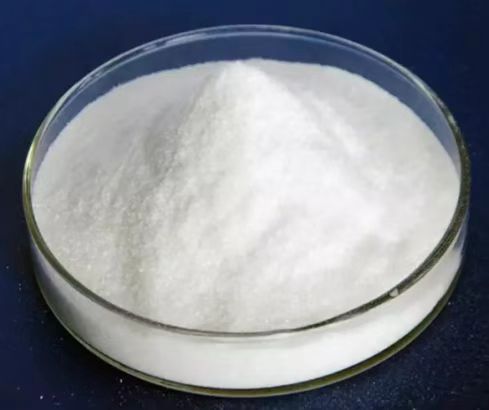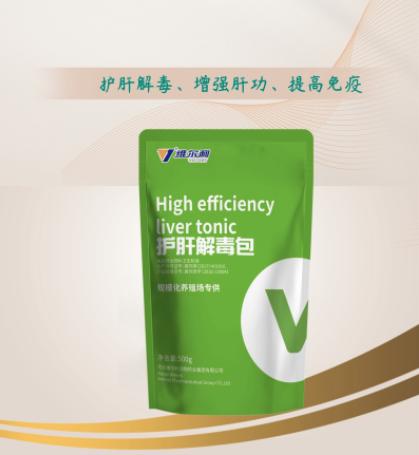In recent years, there have been many reports on the application of taurine in chicken production. Li Lijuan et al. (2010) added different levels (0%, 0.05%, 0.10%, .15%, 0.20%) of taurine to the basal diet to study its effect on the growth performance and resistance of broilers during the brooding period (1-21d). The results showed that the 0.10% and 0.15% levels could significantly increase the average daily gain and reduce the feed-to-weight ratio of broilers during the brooding period (P<0.05), and could significantly increase the serum and liver GSH-Px on day 5. , SOD activity and total antioxidant capacity (T-AOC), decreased MDA concentration; 0.10% level significantly increased serum and liver GSH-Px, SOD activity and T-AOC on day 21, decreased MDA concentration; while 0.20% level The antioxidant effect and growth-promoting effect of 200% were decreased, and the comprehensive analysis was 0.10%-0.15% addition level was the best at 1-5 days of age, and 0.10% was the best addition level at 6-21 days of age. Li Wanjun (2012) studied the effect of taurine on the production performance of broilers. The results showed that adding taurine to broiler diets can significantly improve the utilization rate of crude protein and crude fat in broilers, and can significantly improve the spleen and fat of broilers. The bursa index can significantly increase the breast muscle rate and lean meat rate of broiler chickens and reduce the sebum thickness. The comprehensive analysis is that the addition level of 0.15% is more suitable. Zeng Deshou et al. (2011) showed that 0.10% taurine supplementation can significantly reduce the water loss rate and crude fat content of breast muscle of 42-day-old broilers, and increase the pH and crude protein content of breast muscle; 0.15% level can significantly increase the 42-day-old breast muscle. The percentage of breast muscle, lean meat percentage, pH and crude protein content of breast muscle of aged broilers were significantly reduced, while the percentage of sebum and crude fat content of breast muscle were significantly reduced. (2014) showed that adding 0.1%-1.0% taurine to the diet can improve the survival rate and average egg production rate of laying hens, improve the antioxidant level of the body, improve lipid metabolism, and reduce the level of inflammatory mediators , improve the immune status of the body, improve the structure and function of the liver and kidney of laying hens, and the most economical and effective dosage is 0.1%. (2014) showed that the addition of 0.15% to 0.20% taurine to the diet can significantly increase the content of secreted immunoglobulin A in the small intestinal mucosa of broilers under heat stress conditions, and reduce the level of interleukin-1 in plasma. and tumor necrosis factor-α content, thereby improving the intestinal immune performance of heat-stressed broilers. Lu Yu et al. (2011) found that the addition of 0.10% taurine could significantly increase the SOD activity and T-AOC capacity of oviduct tissue in laying hens under heat stress, while the MDA content, tumor necrosis factor-α and interleukin The expression level of -1 mRNA was significantly decreased, which could alleviate and protect the fallopian tube injury induced by heat stress. Fei Dongliang and Wang Hongjun (2014) studied the protective effect of taurine on the oxidative damage of spleen lymphocyte membrane in cadmium-exposed chickens, and the results showed that adding taurine could significantly improve the decrease of GSH-Px, SOD activity and SOD activity of cell membrane caused by cadmium chloride. The content of MDA increased, and the optimal dosage was 10mmol/L.
Taurine has the functions of enhancing antioxidant capacity and immunity, resisting stress, promoting growth, and improving meat quality, and has achieved good feeding effects in poultry production. However, the current research on taurine mainly focuses on its physiological function, and there are not many reports on animal feeding experiments, and the research on its action mechanism needs to be strengthened. It is believed that with the continuous deepening of research, its mechanism of action will become clearer and the optimal addition level can be uniformly quantified, which will greatly promote the application of taurine in livestock and poultry production.
High efficiency Liver tonic
【Material composition】taurine, glucose oxidase
【Carrier】Glucose
【Moisture】Not higher than 10%
【Instructions for use】
1. It is used for liver damage caused by various reasons.
2. Restore liver function, improve egg production rate, and improve egg quality.
3. Prevent liver disease caused by accumulation of mycotoxins and heavy metals in the body.
4. Protect the liver and detoxify, effectively relieve intestinal diseases caused by mycotoxins.
5. It is used for liver and kidney drug poisoning caused by long-term use of antibiotics or overdose of drugs.
6. Improve the anti-stress ability of poultry, regulate lipid metabolism, improve antioxidant status, and prevent fatty liver.
7. Promote the digestion and absorption of fat and fat-soluble vitamins, improve the utilization rate of feed, and prolong the peak of egg production.
8. It has the functions of detoxification, protecting the liver and kidney, promoting feed intake, reducing the ratio of feed to meat, and improving the production performance of poultry.
9. It is used in the adjuvant treatment of diseases to reduce the generation of drug resistance, and it can be used in the recovery period of the disease to speed up the recovery after the disease.
【Dosage】
This product is mixed with 2000 catties of water per 500g, and used for 3 days.
【Precautions】
The product should be protected from rain, snow, sunlight, high temperature, moisture and man-made damage during transportation. Do not mix or transport with toxic, harmful or odorous items.
【Storage】
Store in a ventilated, dry and light-proof warehouse, and not mix with toxic and harmful substances.
【Net content】500g/bag
Post time: Apr-28-2022


